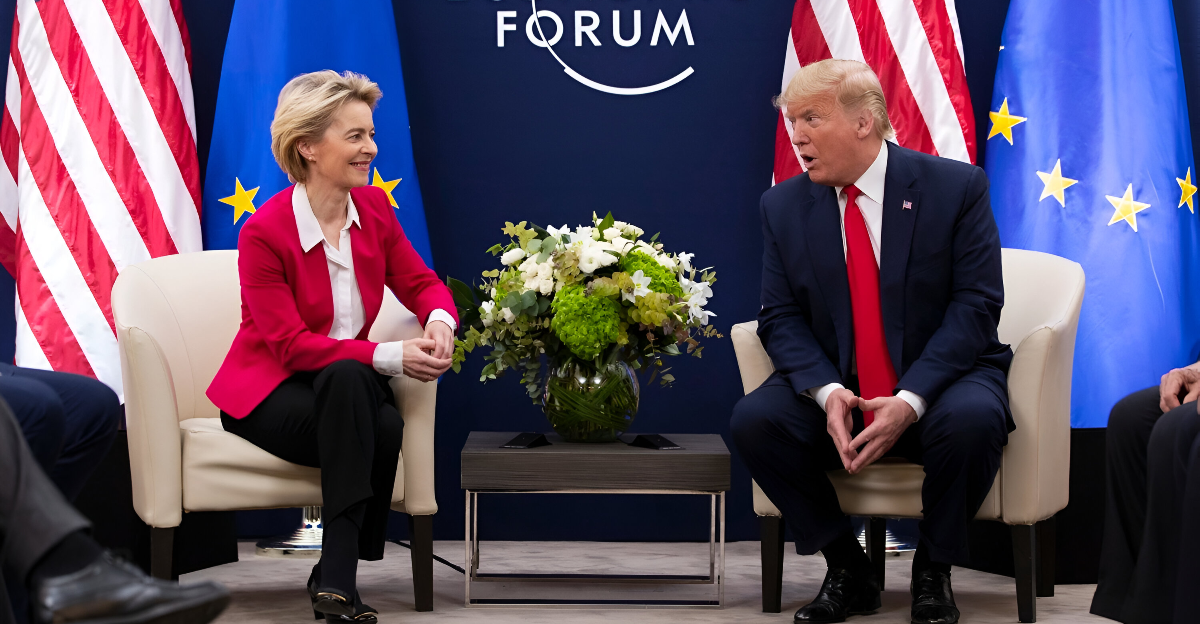
Earlier this month, the President of The United States, Donald Trump, threatened to impose a 50% tariff on anything imported from the European Union. This move was provoked by trade frustrations after Trump said that negotiations were “slow and difficult.”
He has also stated that the trade practices of the EU are unfair to the U.S., and they are procrastinating talks. If 50% tariffs were imposed, trade tensions would escalate substantially, as the EU exports over $600 billion worth of goods to the United States.
Taking Demands Seriously

Trump isn’t just making empty threats or random outbursts. His public implications of a 50% tariff on the EU is a tactic to bring the EU to the table and not take his demands lightly. The threat will supercharge the negotiation pace, something that Trump has publically complained about.
The EU has apparently been a difficult trade partner to make negotiations with, forcing Trump to escalate tensions in order to get their undivided attention so that a proper deal can be agreed to. This could also give the U.S. more leverage in their bargaining and drop barriers on American products that are exported to the EU.
Goods Potentially At Risk

Despite tensions rising and the EU struggling to accelerate negotiations, they are the United States’ biggest trading partner. The EU exports a lot of its products to the U.S., making it their biggest export market. The U.S. imported nearly $600 billion worth of goods from the EU just last year. The goods that would be at the greatest risk of a 50% tariff would be Pharmaceuticals and medicine, which are nearly a quarter of EU exports to the U.S.
Nearly 10% of cars and automotive parts are exported to the U.S., as well as other goods like machinery, chemicals, and aircraft. The countries that would be hit hardest are Germany, Ireland, and France, as they export most of these products. Economies could shrink by as much as 4% if a 50% tariff did go through, as unlikely as it is.
Huge Implications For The Future
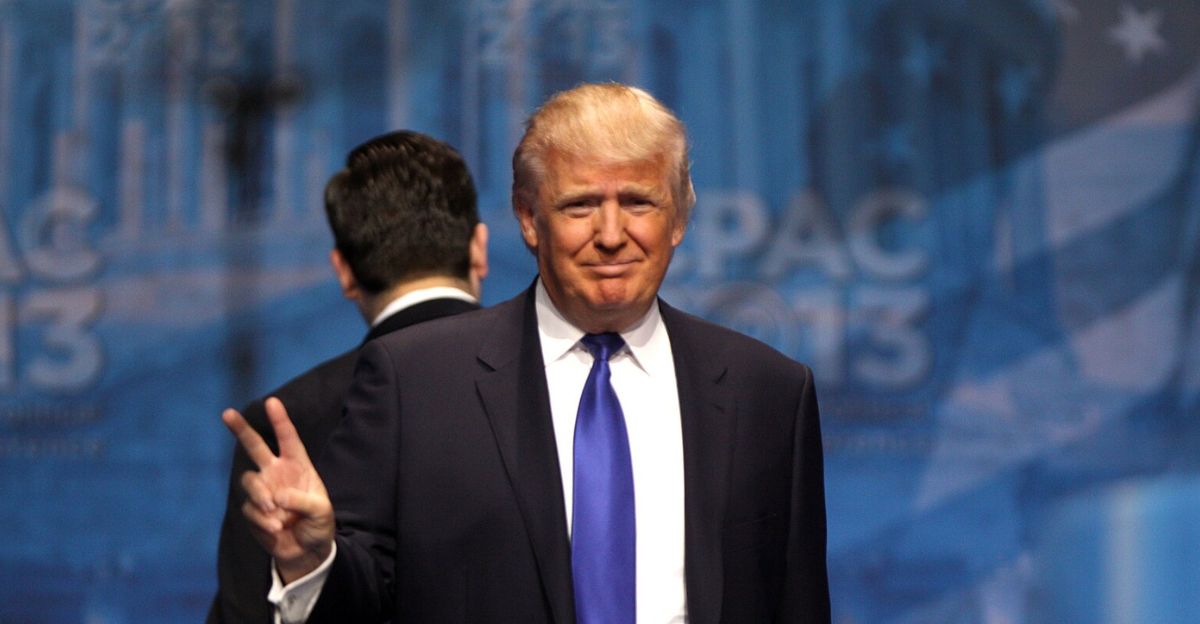
A 50% tariff on exports has been analyzed and is predicted to have severe impacts in the future. Europe could face an economic downturn, perhaps even leading to a recession. Interest rates from the European Central Bank might have to drop to help the economy, and the growth rate of eurozones could slow down in the following year.
Countries whose economy relies heavily on exports would be hit significantly hard, such as Germany and Ireland. The U.S. could also be affected negatively by retaliatory tariffs and increased prices.
Bracing For Volatile Outcomes

Despite the threat of such a substantial increase not even taking effect, European stock markets have dropped noticeably as investors scramble to prepare themselves for a potential economic downturn.
Companies may quickly act under the looming threat and try to ship their products to the United States before any tariffs are imposed, which would have short-term benefits of increased trade but would be followed by a decline. It’s uncertainty that breeds doubt and causes investors and businesses to make rash decisions.
The EU’s Response

Trump’s tactic seems to have paid off, as the EU has officially responded. Commission President Ursula von der Leyen, an EU official, asked for mutual respect rather than open threats. However, the EU is now prepared for serious negotiations, asking for any tariffs to be delayed until July 9th.
The EU has also implied that any unreasonable tariffs will be met with retaliatory measures, affecting both economies. American tech giants and other iconic brands that are imported into the EU could be at risk of facing heavy tariffs if the EU is backed into a corner and has to resort to an “eye for an eye” retaliation.
A Trade Deficit
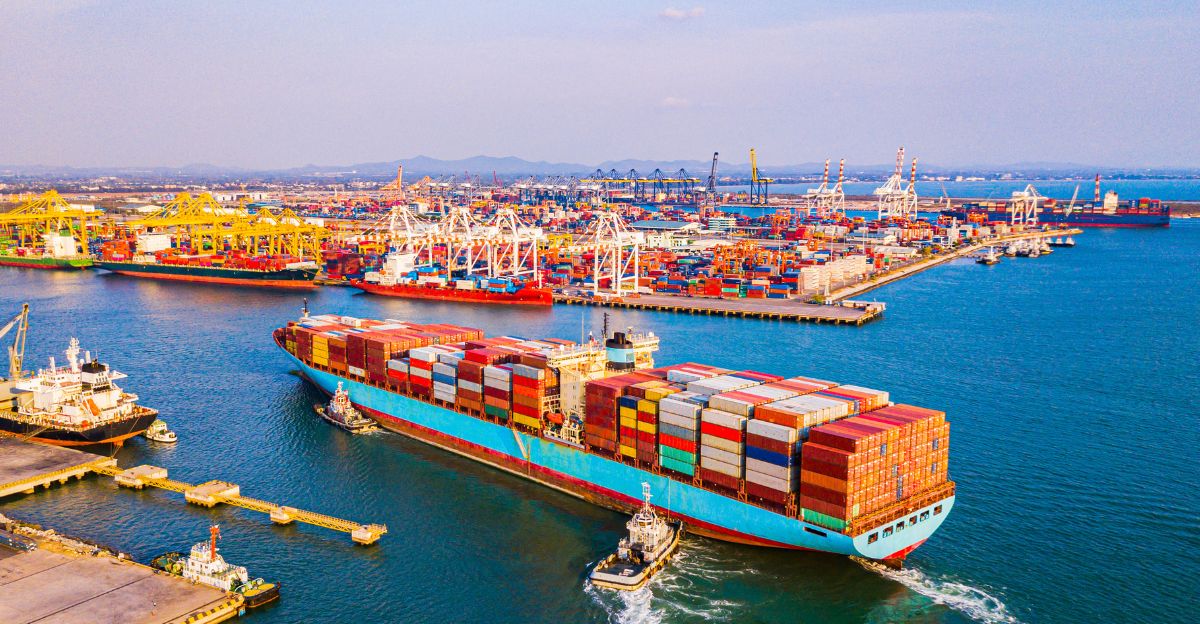
The reason why Trump is pushing hard for quick and serious negotiations could be because the United States has bought more from the EU than it sells to it, creating a trade deficit. Trump doesn’t think that this is fair, and it creates an environment where domestic companies face higher tariffs than European ones.
The motives for negotiation could be for lowering tariffs on American exports, leading to more opportunities for domestic businesses and U.S. goods, especially vehicles, agriculture, and digital services.
Not The First Time
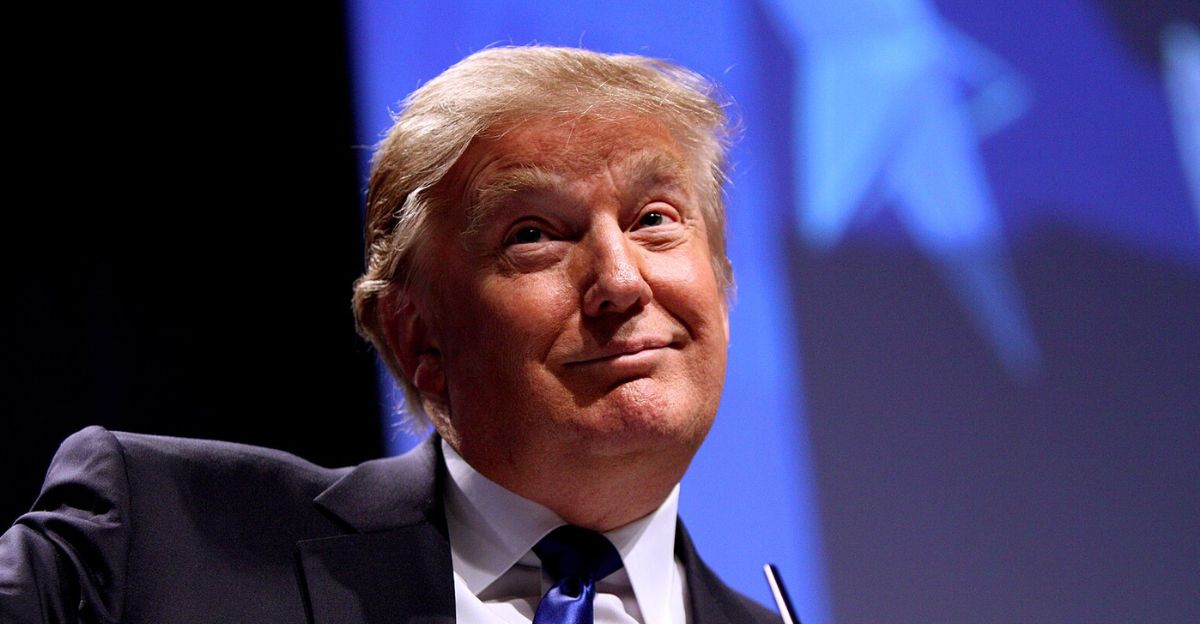
These tense negotiations preceded by threats of higher tariffs aren’t the first time. Trump has used this tactic in the past, where he threatened tariffs on materials and asked for “reciprocal” trade deals. In response, the EU did what was expected and raised their own tariffs.
The most recent trade tensions and tariff threats started when Trump warned of a possible 20% tariff, but he quickly raised it when he felt that the EU was dragging its feet.
Still Time To Make A Deal
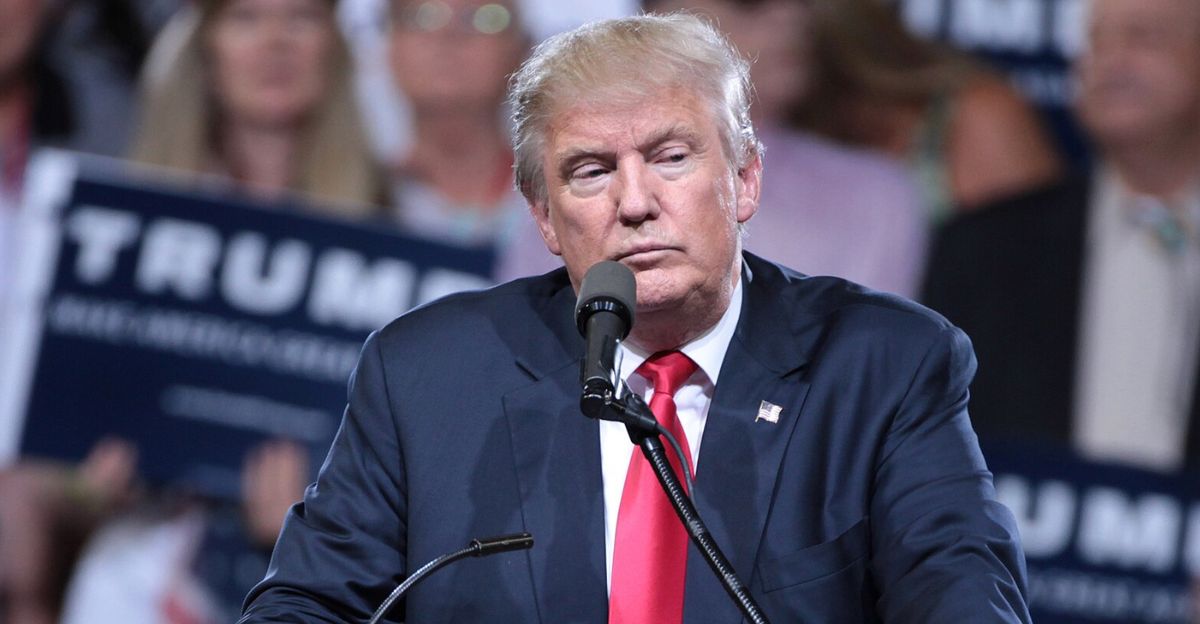
The EU has asked for time to reach the best possible deal, offering a deadline date of July 9th. However, Trump has set the deadline to July 8th. This means that both sides have a little over a month to come to a deal that benefits their best interests. The EU has suggested an agreement where neither it nor the U.S. will pay any tariffs on industrial goods, such as cars.
The U.S. still wants to keep some kind of baseline tariffs, possibly at 10%. If a deal cannot be reached by July 8th, then Trump has insinuated that the 50% tariff will go through. The fallout of these tariffs could be a trade war as the EU retaliates, having consequences on consumers and businesses in both regions.
The Future
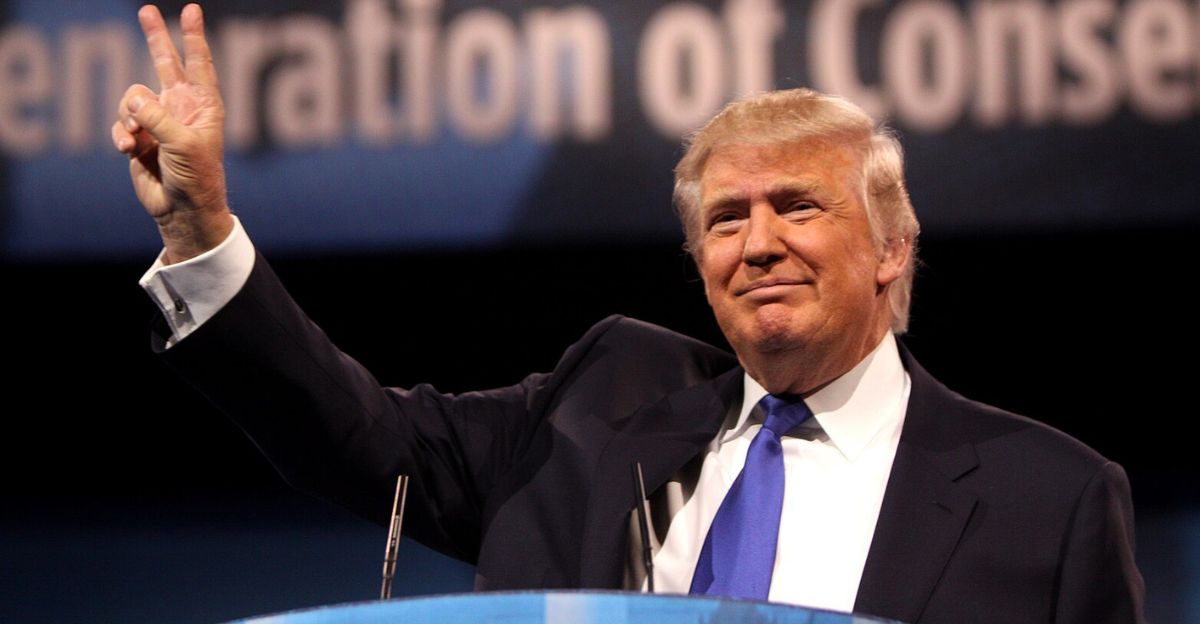
The next month will be a very important one for the U.S. and EU trade negotiations as each protects their interests while trying to find some common ground.
The threat of high tariffs still looms, but as long as some kind of satisfactory deal can be struck, this shouldn’t be the case. The future of both the EU and the U.S. economies is in the other’s hands.
Discover more trending stories and Follow us to keep inspiration flowing to your feed!

Craving more home and lifestyle inspiration? Hit Follow to keep the creativity flowing, and let us know your thoughts in the comments below!
